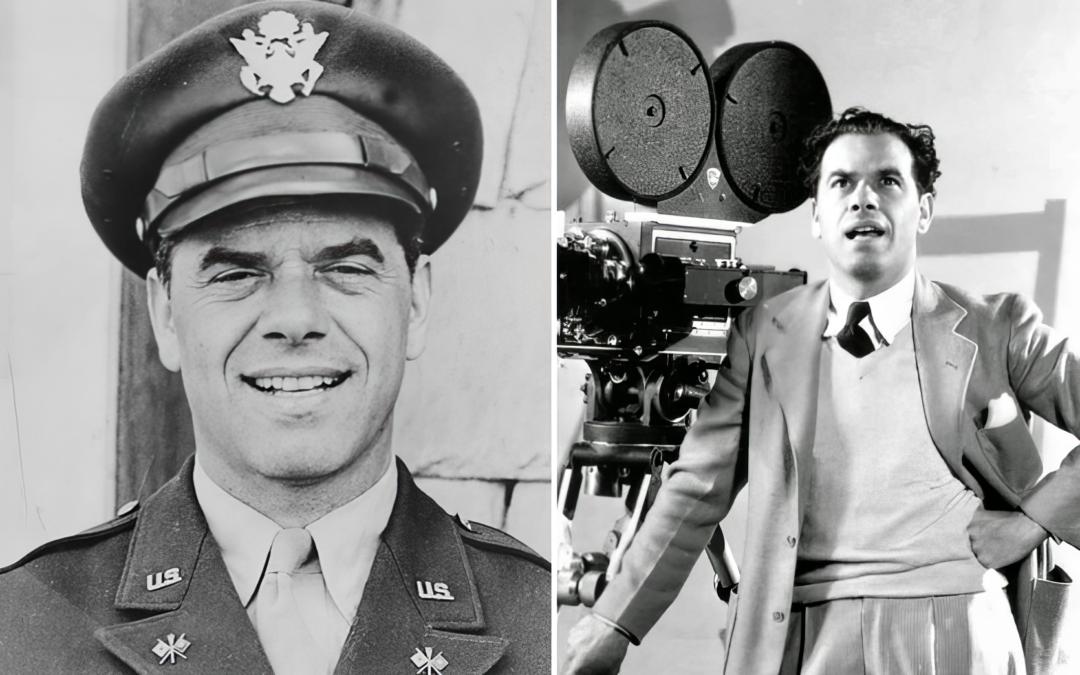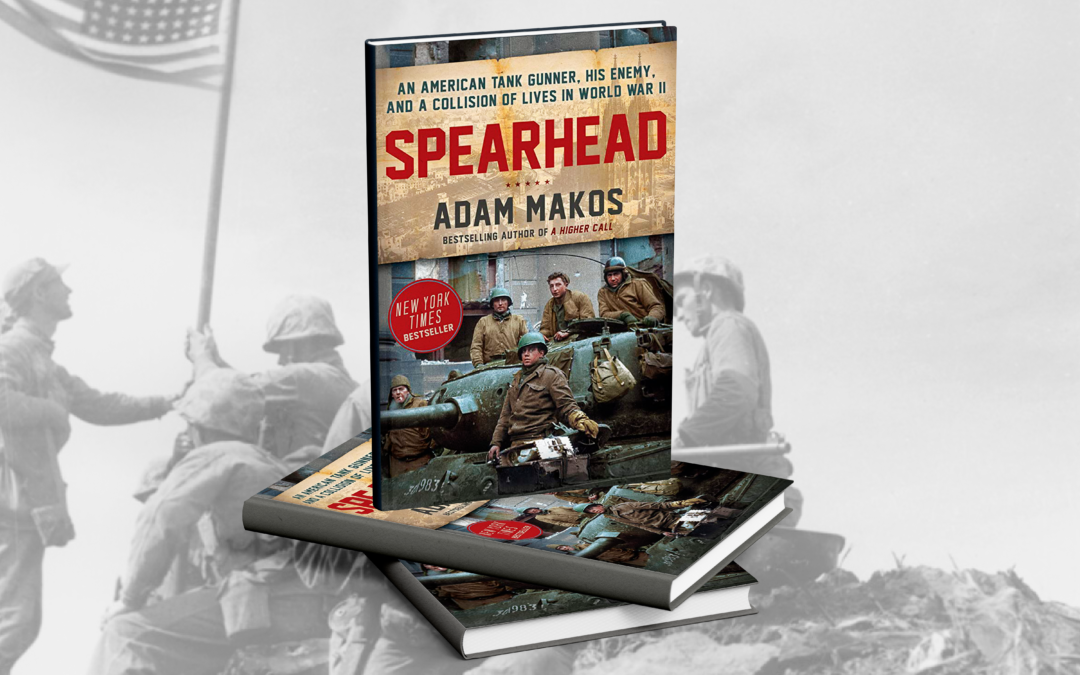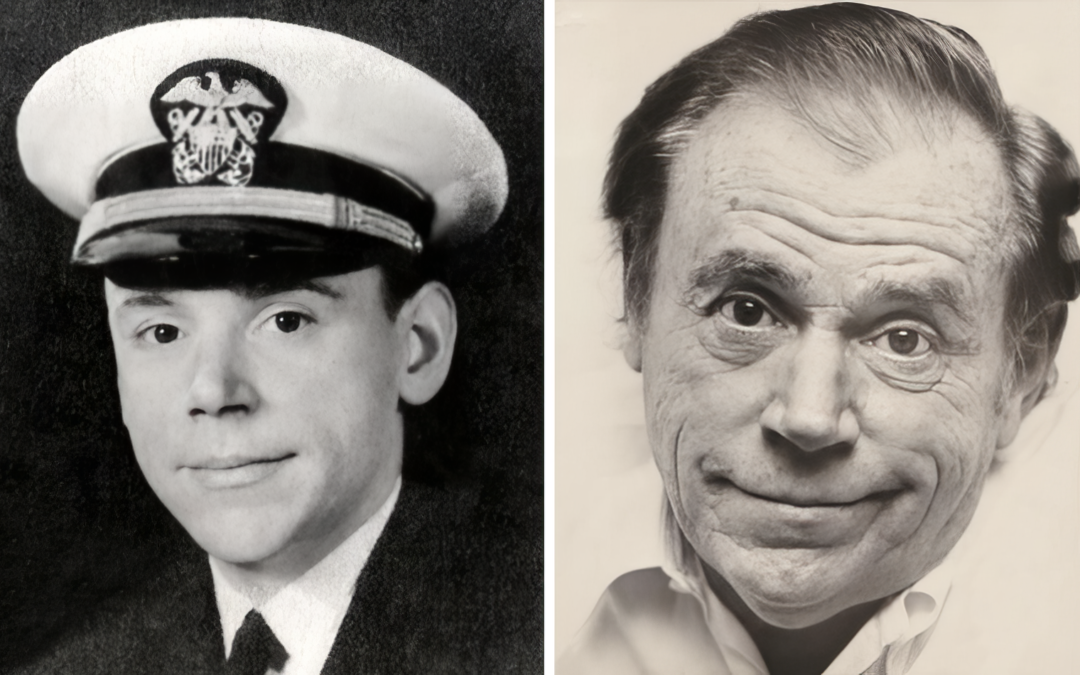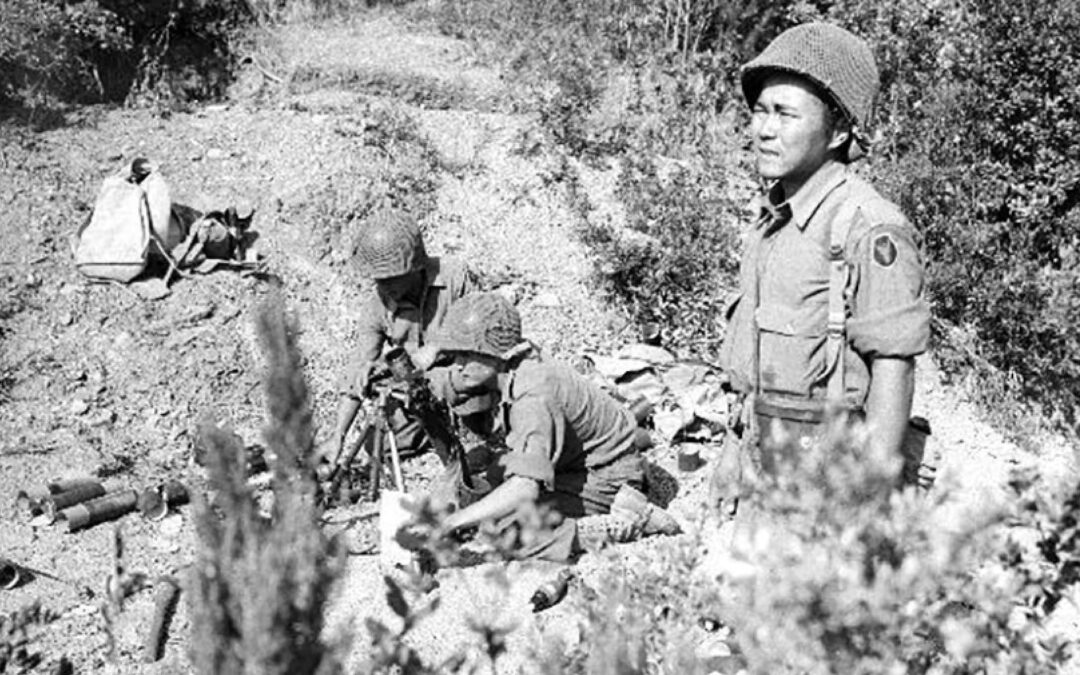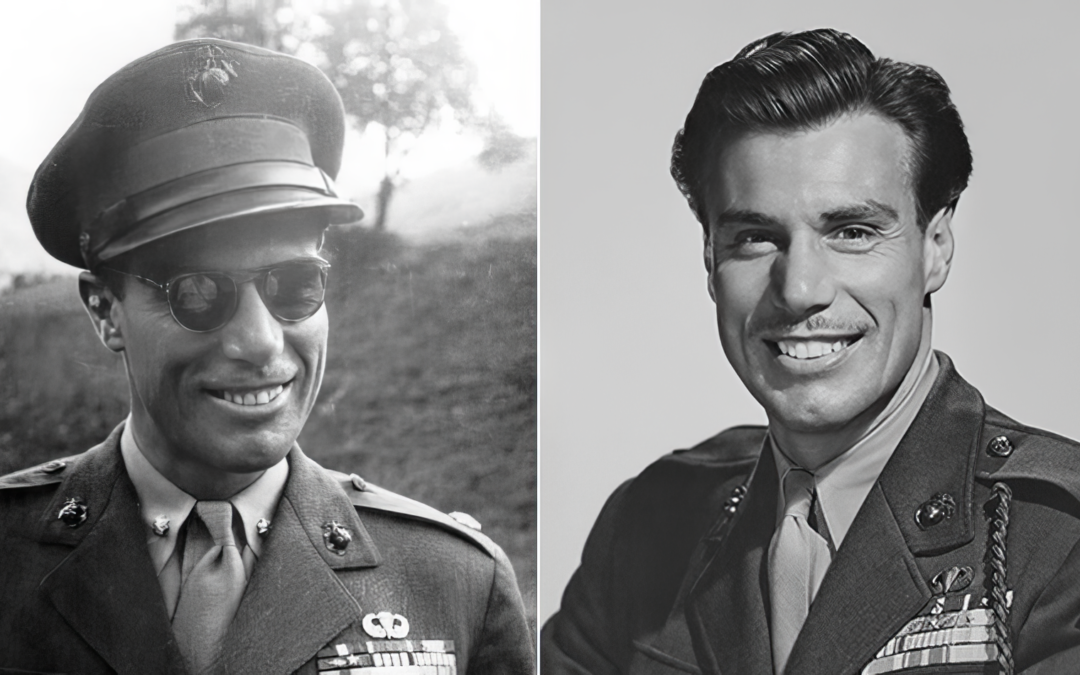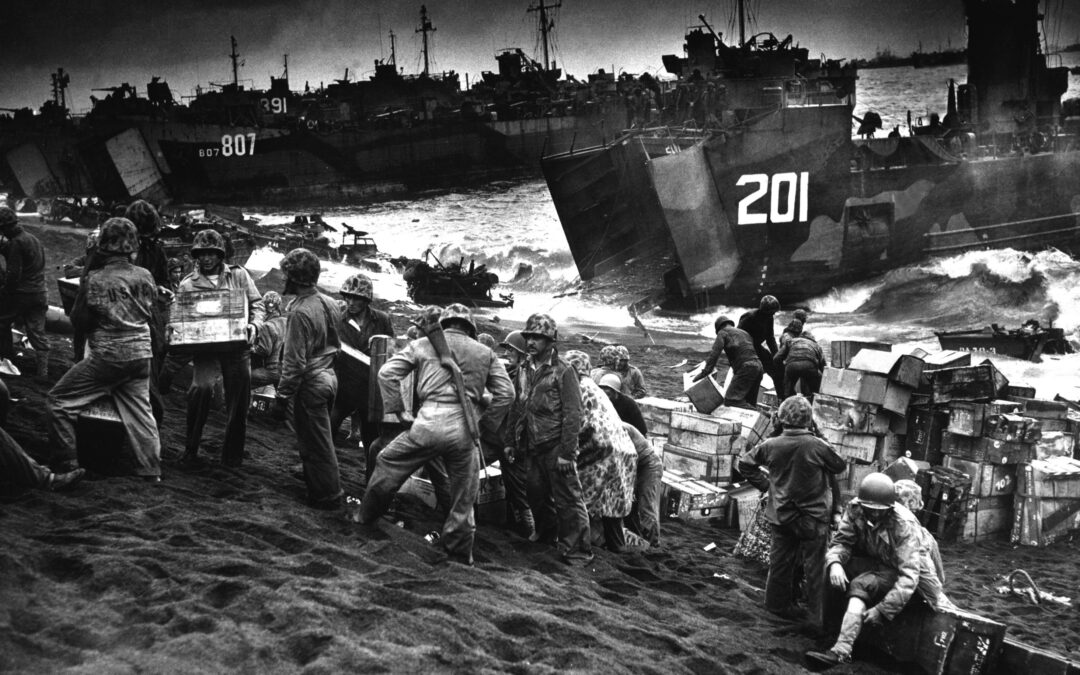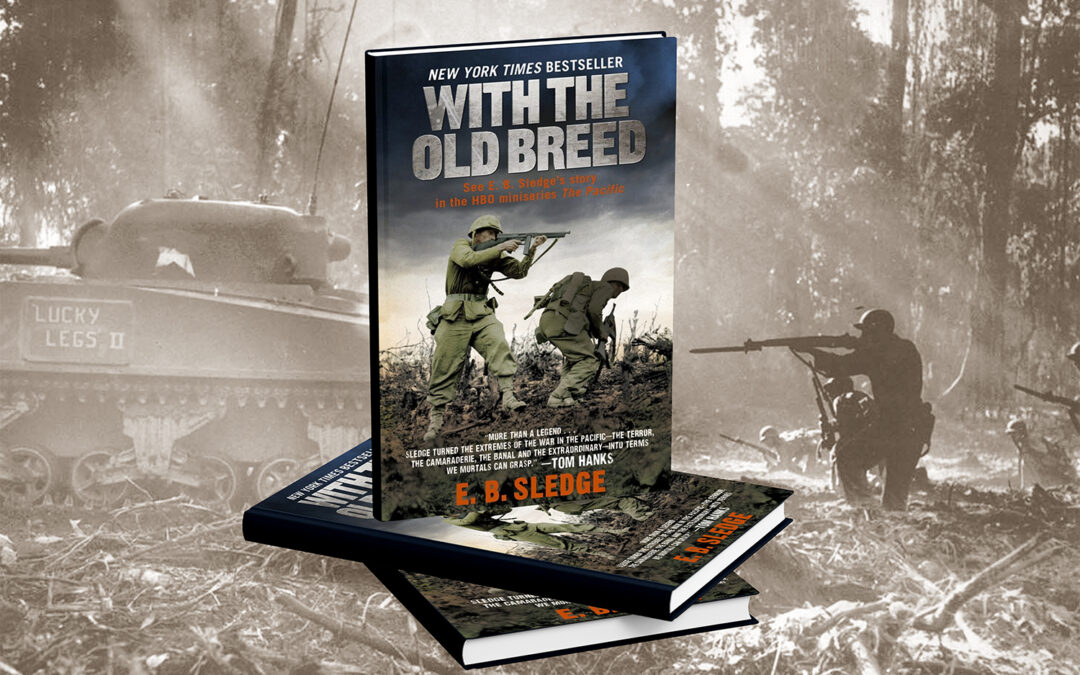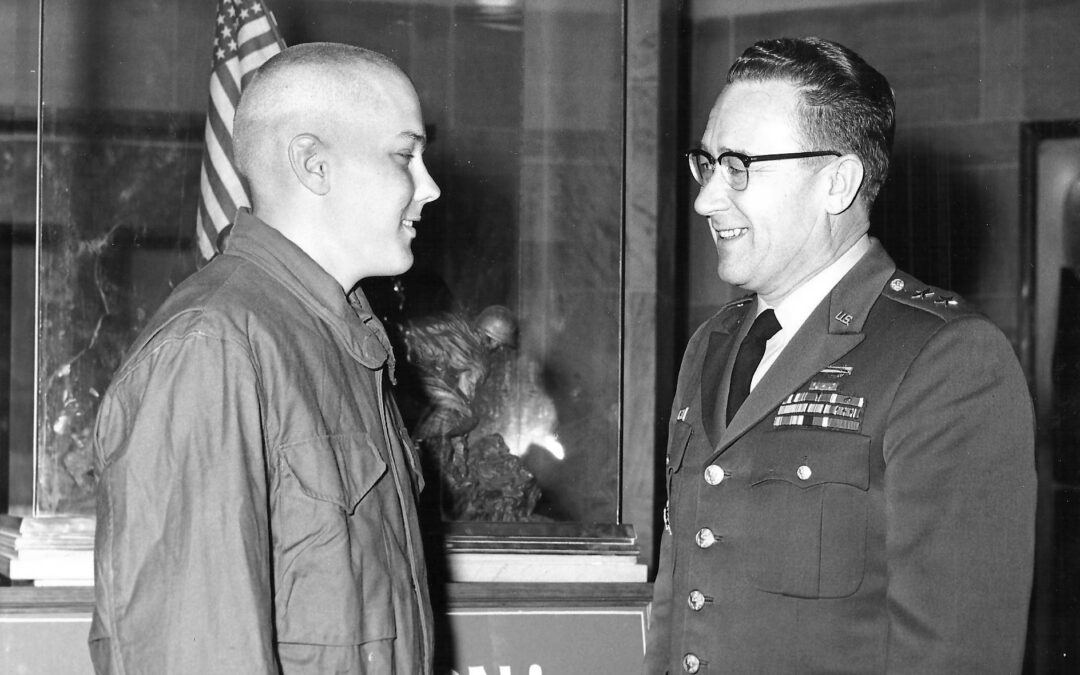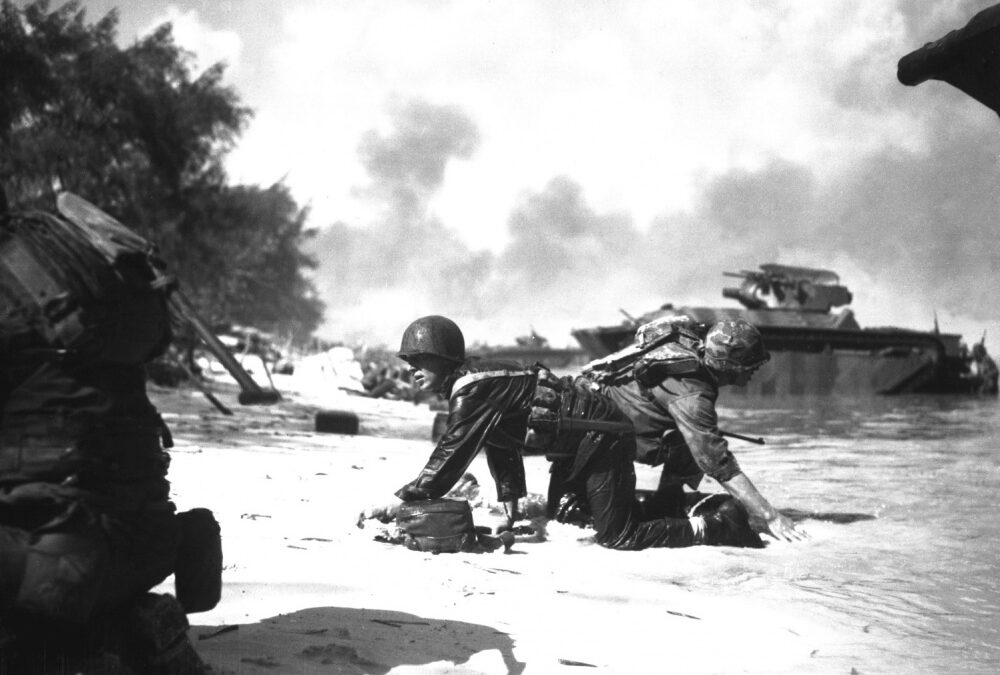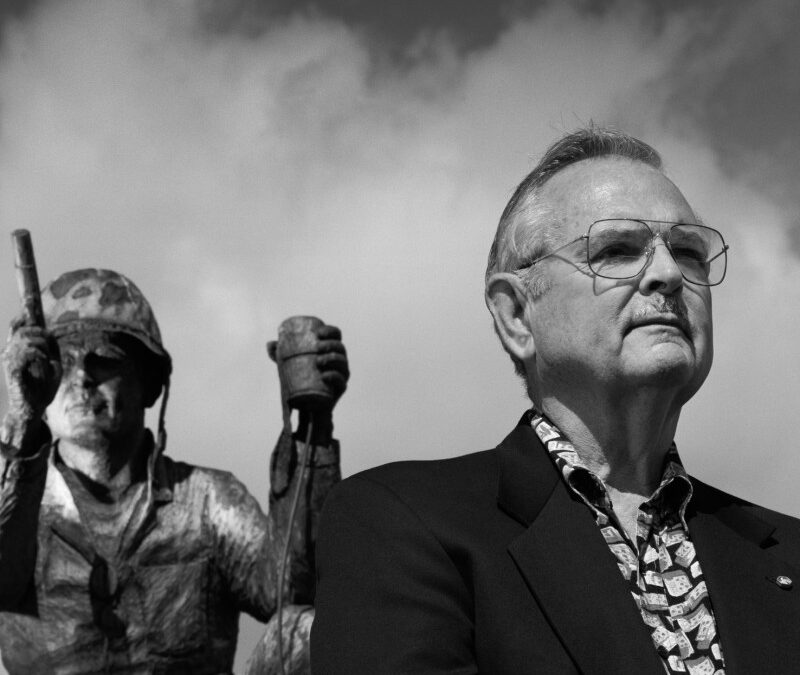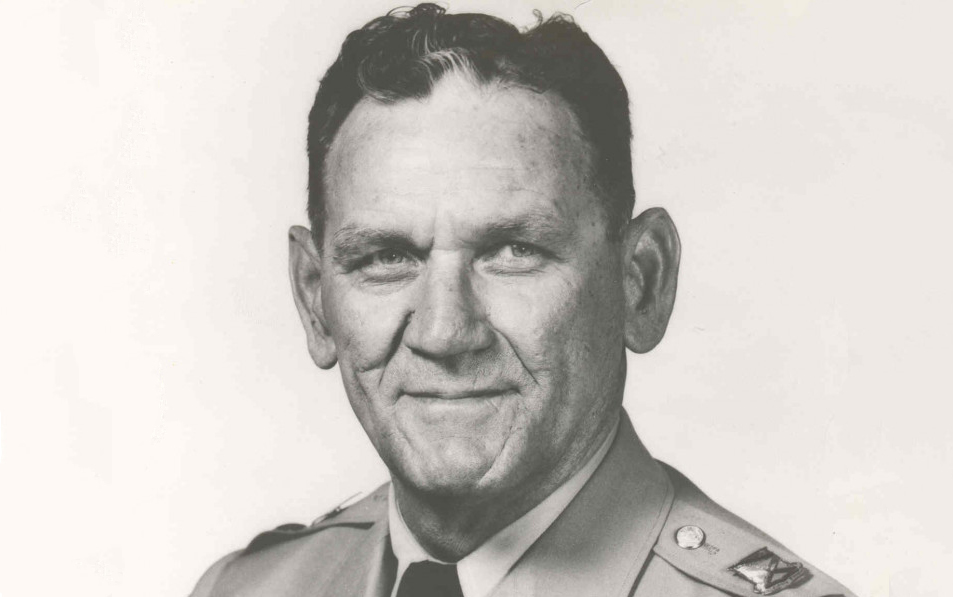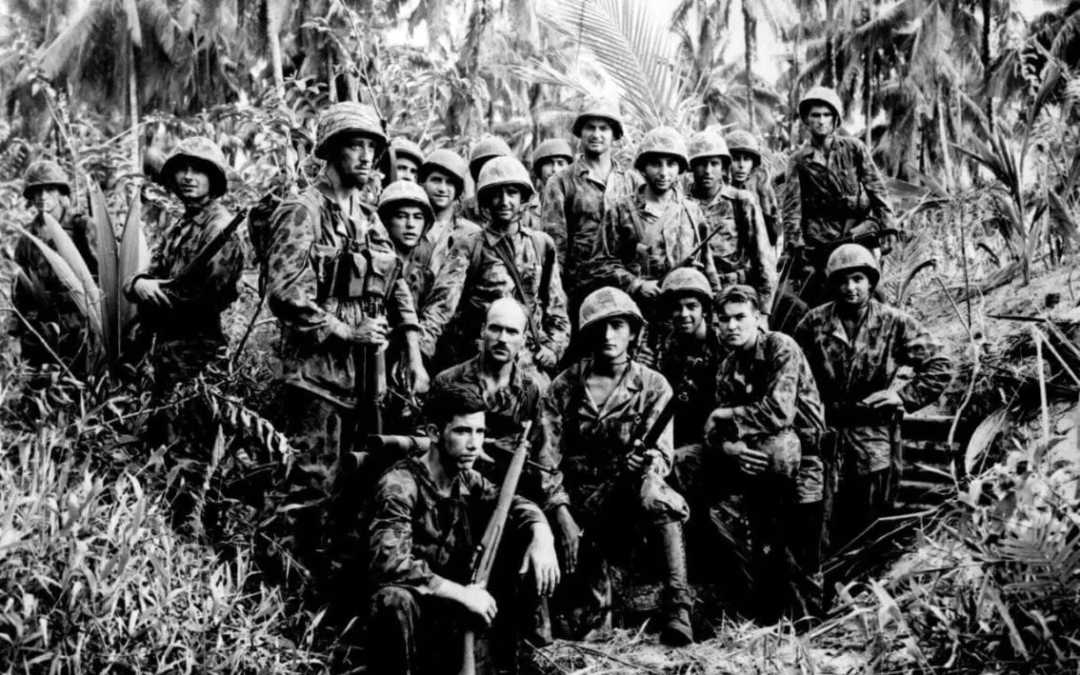Frank Capra, who served in the US Army between 1918 and 1945, is perhaps most well-known for his direction of classic Americana films It’s A Wonderful Life and Mr. Smith Goes to Washington. However, his greatest contribution to American culture may be the documentary series he produced during World War II for the Allied forces: Why We Fight. Born in Bisacquino, Sicily, in 1897, Francesco Rosario Capra was the youngest of seven children born to the Capra household: humble fruit growers. In 1903, the family emigrated to the United States, spending 13 days in the degrading squalor of steerage. This experience profoundly affected young Francesco. On arriving in the US, the Capras moved to the East Side of Los Angeles. Capra’s father worked as a fruit picker, and Capra himself sold newspapers after school for 10 years, until graduation. Instead of entering the workforce, he enrolled in the California Institute of Technology. Sadly, his father died in 1916, so to avoid draining too much of...
